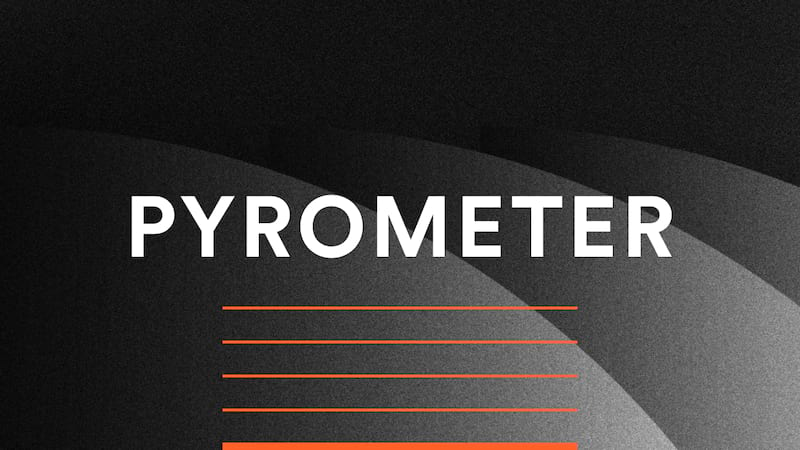1 unstable release
| 0.1.0 | Mar 15, 2023 |
|---|
#12 in #analyzing
2KB

🔥🔫 Pyrometer 🔥🔫
Pyrometer is a work-in-progress security tool currently in BETA. It should work on most solidity 0.8.x contracts, but there are some limitations and language edge cases not yet covered.
Effectively, Pyrometer is a mix of symbolic execution, abstract interpretation, and static analysis - we take ideas from each and apply them with an engineering first mindset to create an effective tool (and avoid nerdsnipes by academic papers) aiming to help both auditors and developers.
Pyrometer may eventually be language agnostic, but for now it is targeting Solidity. The code isn't currently entirely structured for multi-language support, but it has some of the bones to be able to support other EVM-targeting languages.
Here is an example output:

Installing
First, make sure rust is installed:
curl --proto '=https' --tlsv1.2 -sSf https://sh.rustup.rs | sh
Then:
git clone https://github.com/nascentxyz/pyrometer
cd pyrometer/cli
cargo install --path . --locked
pyrometer <PATH_TO_SOLIDITY_FILE> --help
If your project imports contracts via node_modules or uses remappings, be sure to pass the --remappings remappings.txt flag after running forge remappings > remappings.txt.
Make sure $CARGO_HOME/bin is in your $PATH.
Binaries will eventually be built and released for version upgrades.
Configuring Pyrometer
Run pyrometer --help for more details.
Quick tips
pyrometer ./myContract.sol --remappings remappings.txt: the--remappingsflag is generally needed otherwise you will get a crash withfile does not exist.pyrometer ./myContract.sol -vv:-vvis generally the sweet spot in terms of verbositypyrometer ./myContract.sol --funcs "myFunc": the--funcsflag can help narrow the down the output to only the function you care about. You can repeat the flag as many times as you like to match more functionspyrometer ./myContract.sol --contracts "myContract": the--contractsflag can help narrow the down the output to only the contract you care about. You can repeat the flag as many times as you like to match more functions
What can I do with it?
There are two main uses of pyrometer as it stands today.
As a binary
The target users of the binary (i.e. the CLI application) are developers and auditors. A suggested use case is for manual verification of a function or functions. A video tutorial around getting the most out of pyrometer is in the works.
As a library
Pyrometer's graph intermediate representation and bound analysis can be useful for a whole host of solidity based tooling. It could be used as:
- Backend to an LSP (although not recommend yet)
- Contract visualization tool (we already support outputting the graph to
dotvia the--dotflag) - Improved fuzzers (work in progress, reach out if interested in helping)
- Backend to a query language for writing analyses (analyses similar to Slither detectors)
- Code refactoring/preprocessor tool
Understanding the output
You will generally see a line underlined followed by the ∈ symbol followed by [ minimum possible value, maximum possible value ]. ∈ indicates set membership and means "is an element of", and the brackets indicate an interval - so for example, if you see:
"x" ∈ [ 0, 10 ] && ∉ { 5 }, you can read this as "x is in the range 0 to 10, excluding 5". Each solidity type has their own default bounds. If you see "x" == 3, x must be 3 at that point in the program.
Whats the theory behind this?
See the Theory page for details.
How is the repo structured?
See the Architecture page for details.
Contributing
Read the Architecture page first, then start hacking. Hop in the telegram (see badge above) to ask questions.
See the TODO for top priorities.

lib.rs:
Placeholder for the pyrometer crate: https://github.com/nascentxyz/pyrometer